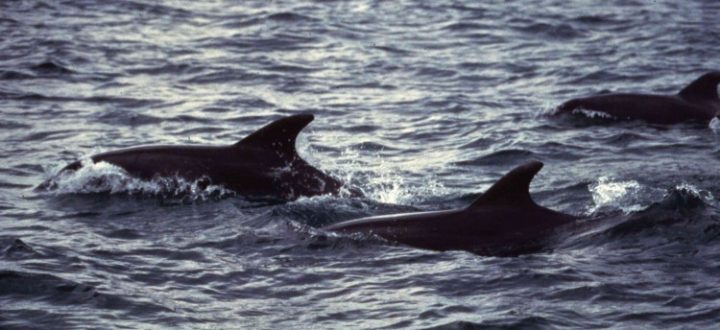Up all night (but not partying): UK’s first marine BioBlitz
Already cold and wet, zipping up my wetsuit for the third time that day at three am was not quite what I envisaged when my colleague Jason Birt suggested we hold a marine Bioblitz. However, the underwater sights that we encountered during the subsequent dive more than made up for such inconveniences. A popular way…



